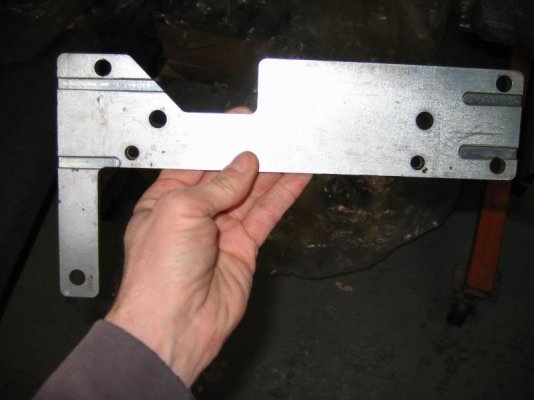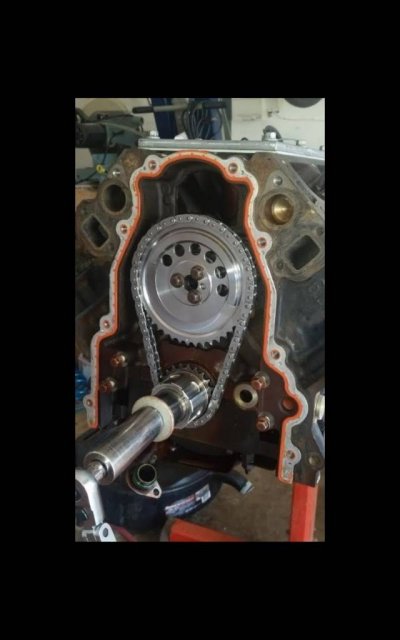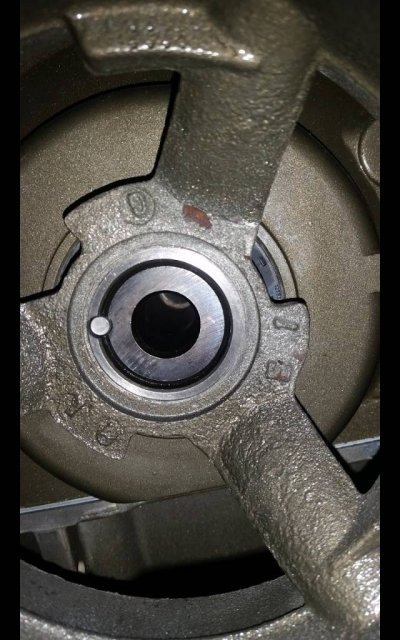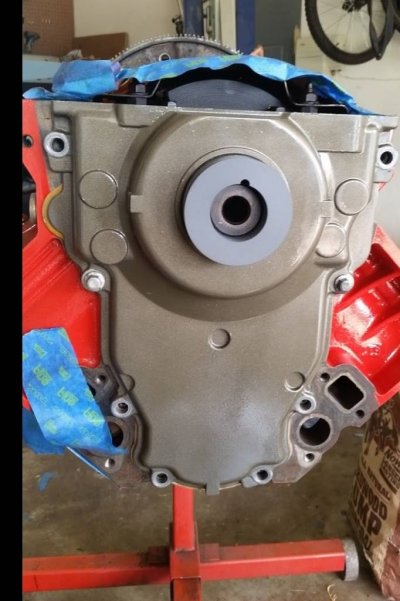iamdub
Full Access Member
Sweet thanks
And what about the gasket alignment? Any alternatives to that tool? I tried to find if anyone was 3d printing them for one time use or something and didn't have any luck. It's to make sure the front cover is flush with the bottom of the pan and 'droop' the gasket by a measured amount.
Cheapest I could find the thing for is a buck 15
Looks like this
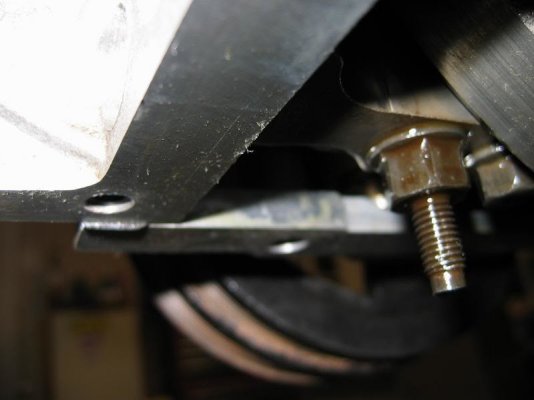
If I wanted to make sure two surfaces were flush with each other, I'd simply use a straightedge.
The idea is that the cover needs to be at an exact position so that the seal is centered on the crankshaft and so that the bottom of it is on the same plane as the oil pan. When the engine is being assembled at a factory, it's easy to use two separate purpose-built tools to achieve this, regardless of the high cost. Basically, one tool sets the vertical position (the "Y" axis) and the other sets the horizontal position (the "X" axis). What you will end up with, and this is the critical factor, is the seal will be centered around the crankshaft. So, if you used one tool that focused on this point, you'll get the hole in the cover in the correct location. The problem is that the cover can be rotated (clocked) slightly one way or the other as it can rotate around this centered position. This can widen the gap at the bottom where the cover meets the oil pan on one side and tighten it on the other. So, you want it even. The blessing is that this isn't nearly as critical as the crank seal alignment. The other point, as you mentioned, is the gasket. Part of it's sealing is at the very bottom, on a plane adjacent to the block and cover surfaces. Simply enough, you want only the rubber (nitrile, silicone, whatever it is) part of the gasket revealed at that point and none of the metal frame of the gasket protruding. Honestly, you can achieve this by sight and feel. What most do is to make everything flush- bottom of block, bottom of cover and bottom of gasket, then pack in a dab of RTV sealant to fill in the slight void so that it will be sealed when the oil pan is torqued into position. Basically, what you're doing is "extending" the rubber sealing part at the bottom of the gasket. Personally, I think this method is better since it's easier, doesn't require an expensive tool and the RTV can be squished to fill in any microscopic voids. Using RTV on an assembly line doesn't happen because there's no consistent control of the application throughout hundreds of thousands of engines, let alone the cure time required of the RTV. So they design a special gasket and special tools to ensure consistent assembly standards.
So, use the $40 tool to get the cover centered radially, use a straightedge to get the bottom surfaces flush, slip the gasket down so that the rubber part protrudes a little if you want, finger-tighten everything, dab in some RTV, torque everything down and get 'er back together.
Last edited:

